Revive Your Car’s Shine: Clear Coat Repair Guide
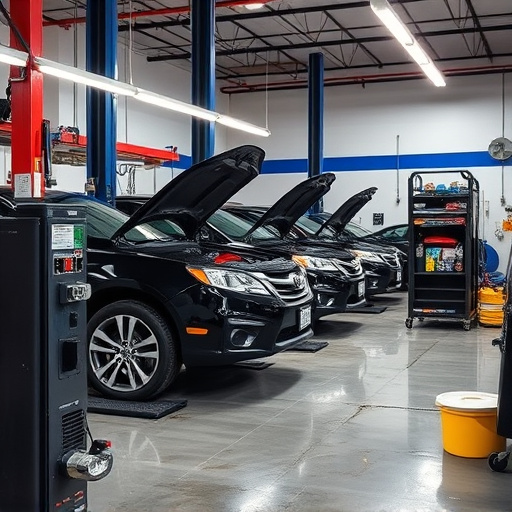
Clear coat damage affects vehicle appearance and protection. Prompt clear coat repair by specialists…….
Welcome to an in-depth exploration of the art and science behind clear coat repair, a specialized technique that has gained prominence across various industries. This article aims to guide readers through the intricate world of surface restoration, highlighting its significance, applications, and the latest advancements that drive its global impact. By delving into each aspect, from historical roots to future prospects, we intend to equip our audience with a comprehensive understanding of clear coat repair’s role in shaping modern craftsmanship.
Definition: Clear coat repair is a meticulous process designed to restore and revive damaged or faded protective coatings on various surfaces, primarily metal, plastic, and certain types of wood. This technique involves the careful removal of impaired layers, preparation of the substrate, and the application of a new clear coating to achieve a pristine, transparent finish.
Core Components: The process encompasses several critical steps:
Surface Inspection: Evaluating the extent of damage or wear, including scratches, cracks, discoloration, and flaking.
Coatings Removal: Utilizing specialized solvents, sandpaper, or chemical strips to safely eliminate damaged coatings without harming the underlying surface.
Substrate Preparation: Cleaning and preparing the surface by removing dirt, grease, and loose debris, ensuring a clean canvas for the new coating.
Clear Coating Application: Choosing an appropriate clear coat suitable for the material, followed by careful application using spray guns or airless sprayers to achieve even coverage.
Curing and Drying: Allowing the clear coat to cure and dry completely, often accelerated by controlled temperature conditions, to ensure optimal durability and clarity.
Historical Context: The concept of clear coating has evolved over centuries, with early forms appearing in the automotive industry as early as the 1920s. However, it was during the latter half of the 20th century that advancements in chemistry and technology led to the development of modern clear coat systems. These systems offered improved durability, enhanced resistance to fading and discoloration, and better adhesion to various substrates. Today, clear coat repair is not only limited to the automotive sector but finds applications in marine, aviation, construction, and even art restoration.
Clear coat repair has left an indelible mark on industries worldwide, driven by several key trends:
Increased Demand for Aesthetics: The rise of aesthetic customization in vehicles, boats, and architectural structures has fueled the demand for clear coat repairs to restore and preserve their glossy, protective finishes.
Environmental Concerns: Growing awareness of environmental sustainability has led to a preference for eco-friendly clear coatings that offer long-lasting protection without harsh chemicals.
Technological Advancements: The integration of advanced technologies like robotics, automation, and precision spray equipment has revolutionized the speed and accuracy of clear coat application, making repairs more efficient and cost-effective.
Regional Market Dynamics: Different regions have unique preferences and regulations regarding clear coat repair:
The global clear coat repair market is characterized by several key factors:
Market Size: According to a 2022 report by Market Research Future (MRFR), the market is projected to reach a value of USD 9,314.7 million by 2027, growing at a CAGR (Compound Annual Growth Rate) of 6.5% from 2020 to 2027.
Investment Patterns: The market attracts significant investments from both established chemical manufacturers and innovative startups focused on developing advanced clear coat technologies.
Economic Impact: Clear coat repair contributes to economic growth by supporting various industries, including automotive, marine, aviation, and construction. It also creates job opportunities, particularly in specialized repair shops and manufacturing facilities.
Cost Analysis: The cost of clear coat repair varies based on factors such as surface area, material type, and the complexity of damage. On average, the process can range from USD 5 to USD 20 per square foot, depending on regional labor rates and the choice of materials.
Technological breakthroughs have been instrumental in transforming clear coat repair into a highly efficient and precise process:
Automated Clear Coat Systems: The introduction of robotic arms and automated spray equipment has revolutionized the application process, ensuring consistent, thin layers of coating, reducing overspray, and minimizing labor costs.
Advanced Coating Formulations: Researchers have developed innovative clear coat materials with enhanced properties, such as improved resistance to UV light, heat, and chemicals, as well as better adhesion and flexibility.
Digital Color Matching: Advanced color-matching software allows for precise replication of original colors, ensuring a flawless finish that meets customer expectations.
Real-Time Quality Control: Modern systems incorporate sensors and cameras to monitor coating application in real time, enabling immediate adjustments for consistent quality.
The clear coat repair industry is subject to various policies and regulations that vary across regions:
| Region | Key Regulations/Standards | Focus Areas |
|---|---|---|
| North America | OSHA (Occupational Safety and Health Administration) guidelines, EPA (Environmental Protection Agency) regulations for VOCs | Worker safety, environmental protection, and emissions control |
| Europe | REACH (Registration, Evaluation, Authorisation, and Restriction of Chemicals), RoHS (Restriction of Hazardous Substances) | Chemical substance registration, restrictions on harmful substances, and waste management |
| Asia Pacific | Various national standards, e.g., China’s GB/T 25763 for automotive coatings | Product safety, environmental performance, and compatibility with local regulations |
Compliance with these regulations is crucial for clear coat repair businesses to ensure their operations meet legal standards and protect both workers and the environment.
Despite its numerous benefits, clear coat repair faces several challenges and criticisms:
Cost Concerns: The initial investment in advanced equipment and specialized coatings can be high, making it a significant barrier for small businesses and individual technicians.
Skill Shortage: Proficient clear coat repair technicians are in demand, but the specialized nature of the work requires training and experience, leading to a potential labor shortage.
Environmental Impact: While efforts have been made to develop eco-friendly coatings, some traditional solvents and materials still pose environmental challenges, requiring continued innovation for greener alternatives.
Proposed Solutions: To address these issues:
A renowned European auto restoration shop, specializing in classic vehicles, implemented advanced clear coat repair techniques for their diverse fleet. By utilizing robotic coating systems and precise color matching software, they achieved remarkable results:
A coastal marine repair company in California adopted innovative clear coat repair methods for boat restoration, attracting clients seeking top-quality finishes:
The clear coat repair industry is poised for significant growth and transformation, driven by several emerging trends:
Sustainability Focus: There will be an increasing demand for eco-friendly coatings, with a focus on water-based, low-VOC, and biodegradable alternatives.
Digitalization and Automation: Advanced robotics, AI (Artificial Intelligence), and AR (Augmented Reality) technologies will play a pivotal role in enhancing precision, efficiency, and cost-effectiveness.
Personalized Finishes: Customization will be a key trend, with customers seeking unique, specialized coatings for their vehicles, boats, and even personal belongings.
Global Expansion: As emerging markets continue to industrialize, the demand for clear coat repair services is expected to grow, presenting new business opportunities.
Clear coat repair has evolved from a specialized niche into a vital component of various industries’ maintenance and restoration efforts. Its ability to revive and protect surfaces while meeting environmental and aesthetic standards has made it a sought-after service globally. As technology continues to advance and consumer preferences evolve, clear coat repair will remain an essential process, driving innovation and shaping the future of surface craftsmanship.
Q: What types of surfaces can be restored using clear coat repair?
A: Clear coat repair is versatile and suitable for restoring metal (such as cars, motorcycles, and bicycles), plastic (including boat hulls and automotive parts), and certain types of wood.
Q: How long does the clear coat repair process typically take?
A: The duration varies depending on the size of the project and the complexity of damage. On average, it can take anywhere from a few hours for small repairs to several days for larger projects involving multiple coats and substantial surface preparation.
Q: Are there any DIY (Do-It-Yourself) kits available for clear coat repair?
A: While some basic clear coating kits are available for home users, professional-grade equipment and materials designed for specific substrates and applications are typically recommended for optimal results. It’s advisable to consult with professionals or seek guidance from specialized retailers.
Q: Can clear coat repair restore heavily damaged or rusted surfaces?
A: Yes, clear coat repair can effectively revive severely damaged surfaces by removing existing damage, preparing the substrate, and applying new coatings. However, for extreme cases involving extensive rusting or decay, additional steps like metal patching or structural repairs might be necessary before coating.
Q: Are there any health risks associated with clear coat repair?
A: When performed correctly and in well-ventilated areas, clear coat repair involves minimal health risks. However, it’s crucial to follow safety guidelines, use personal protective equipment (PPE), and ensure proper ventilation during the application of solvents and coatings.

Clear coat damage affects vehicle appearance and protection. Prompt clear coat repair by specialists…….
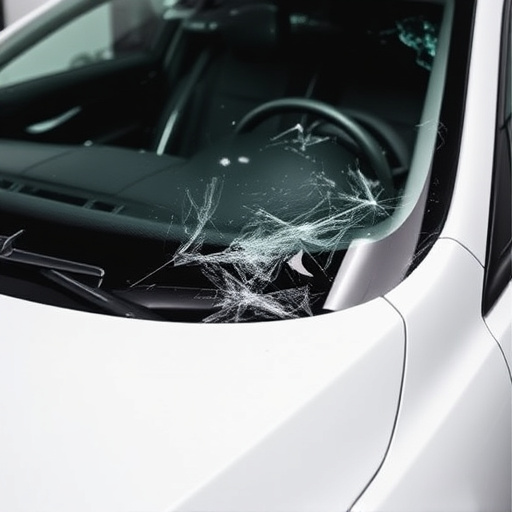
Clear coat damage from environmental factors or mechanical abrasions requires immediate professional…….
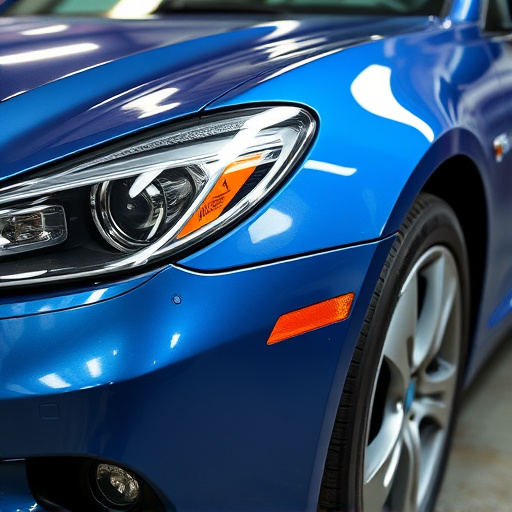
Clear coat damage requires meticulous repair for maintaining vehicle aesthetics and value. Top brand…….
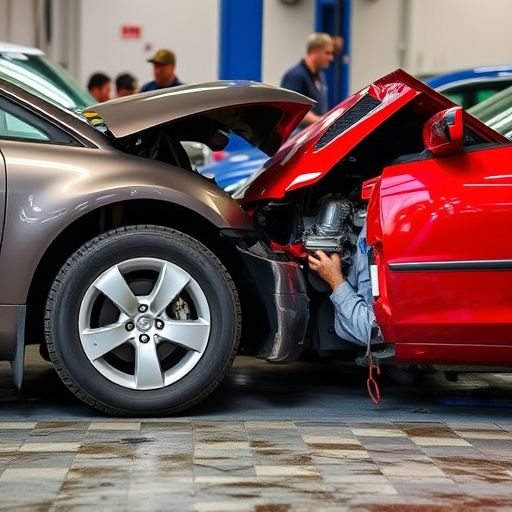
Assess damage extent for clear coat repair vs spot repair: localized issues suit clear coat, extensi…….
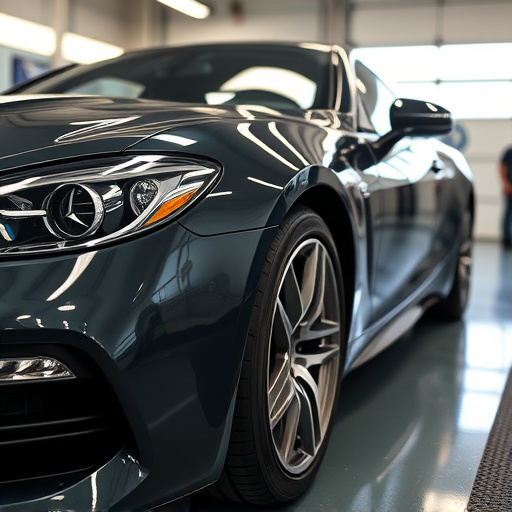
Regular washing, inspection, and professional detailing are key to maintaining clear coat repairs. U…….

Clear coat repair costs vary based on damage extent, location, vehicle age and make, with minor touc…….
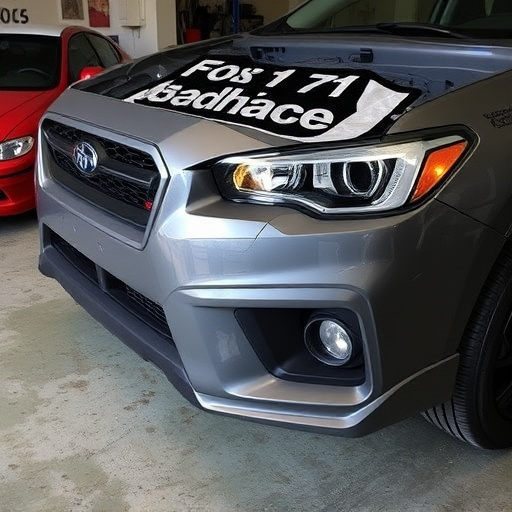
Clear coat damage, caused by environmental factors and daily use, requires understanding and special…….